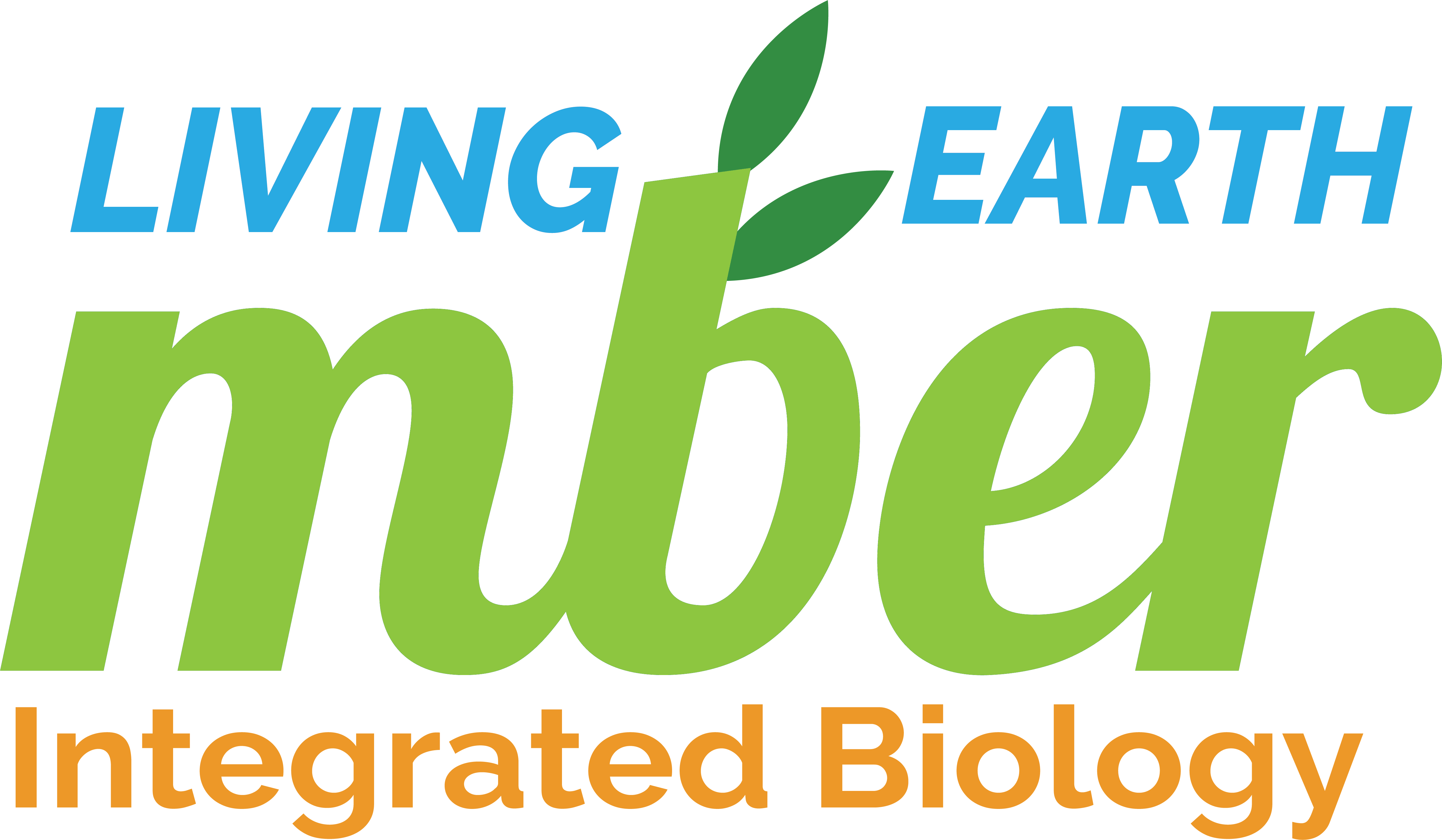
Thanks for your interest in our model-based earth science integrated biology resources!
MBER Origins
In 2017, we launched a site for our Model Based Education Resource in Biology (www.modelbasedbiology.com). The MBER-Biology (or "MBER-Bio") site represented the culmination of an NSF-funded research project: a team of researchers at the University of California Davis and Sacramento area teachers collaborated to develop a full year of coherent biology aligned to the Next Generation Science Standards and centered around models and modeling. The development, evaluation and revision of models is an anchoring practice in the sciences. The NGSS explicitly brings modeling into the classroom as one of its eight Science and Engineering Practices. Our team leverages the centrality of modeling as a means to help students achieve the other 7 practices. (For example, in order to develop models, you must (1) ask questions, (5) argue from evidence, and (8) communicate your findings. Read more about this on our "What is a model?" page.) When instruction is aligned to the content, SEPs and cross-cutting concepts outlined by the NGSS, students should be working to "figure out" the science needed to understand natural phenomena in the classroom. Though biology phenomena are everywhere, the National Science Foundation funded the MBER-Bio Project in part to address the dearth of model-based resources available for instruction in the life sciences.
Why the Living Earth?
Now in 2021, we're launching a second set of curricular resources, this time aligned not only to the NGSS life science standards for high school grades, but also incorporating a portion of the earth science standards. California, Kentucky and a handful of other states have parsed earth science among high school biology, chemistry and physics in order to ensure students have access to all three areas of core content ideas. For biology, the integration of earth science results in a deeper understanding of Earth's history (both before and after life appeared), the deep-time aspects of the evolution of life and changes in biodiversity, the interactions between the biosphere, oceans, soil and atmosphere, and--perhaps most importantly--the role humans have played in changing Earth's systems, including ecosystems.
Welcome to MBER Living Earth (or "MBER-LE")!
Curricular Resources
When setting out to develop classroom resources for teachers, we intentionally avoided calling the product a "curriculum". Both MBER-Bio and MBER Living Earth provide all you will need to teach a full year of coherent, content-aligned science. However, our philosophy is that these resources are yours to access, understand, and change for your own purposes. We hold a number of design commitments we see as aligned to the NGSS and the practice of sensemaking. But we feel a fully prescriptive "curriculum" does not genuinely address the work of teachers as professionals. We have painstakingly attended to keeping these resources "open source" and as free as possible. We hope you will personalize them as appropriate. Only you can adapt what we've provided for your student population, administrative needs, and deep understanding of science pedagogy. We provide a number of pedagogical scaffolds, tools, strategies and supports in our resources. We hope that you will find these supports useful, but we fully expect you will draw upon your own experience and expertise. We also hope that in signing up for an account on this site, you will be excited to join a community of teachers who are learning about and sharing best practices for science instruction in the 21st century.
You're here... Now what?
The resources on this site are extensive. You can preview our flagship unit, Natural Selection and read through some of our design commitments and resources on the MBER Essentials page. Read through the full year's scope and sequence both in graphical form (with a depiction of Earth's "spheres") and in the sequence of units on our Year at a Glance page.
Once you've developed enough of a sense of the resources and our approach to pedagogical support, we encourage you to invest in full access for a one-time fee. (This fee does not generate profit. Rather it supports our ability to house the site and resources in perpetuity, covering server fees and occasional staffing for maintenance of the site and content updates.) If you have any questions or concerns for which you cannot find sufficient answers on the site, please feel free to contact us.